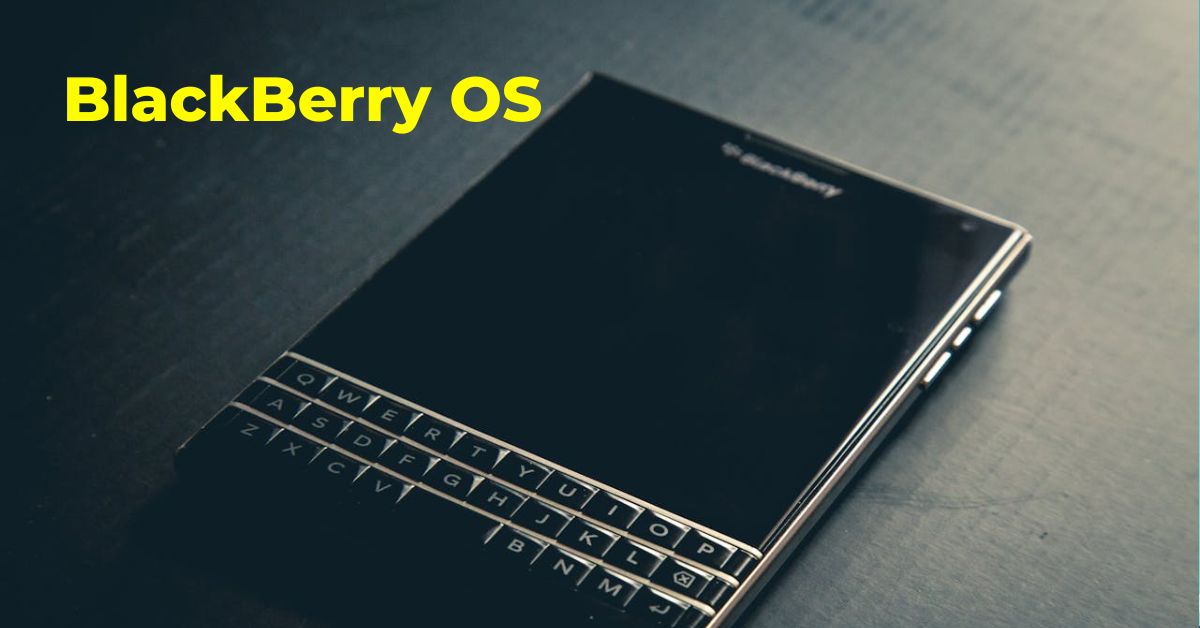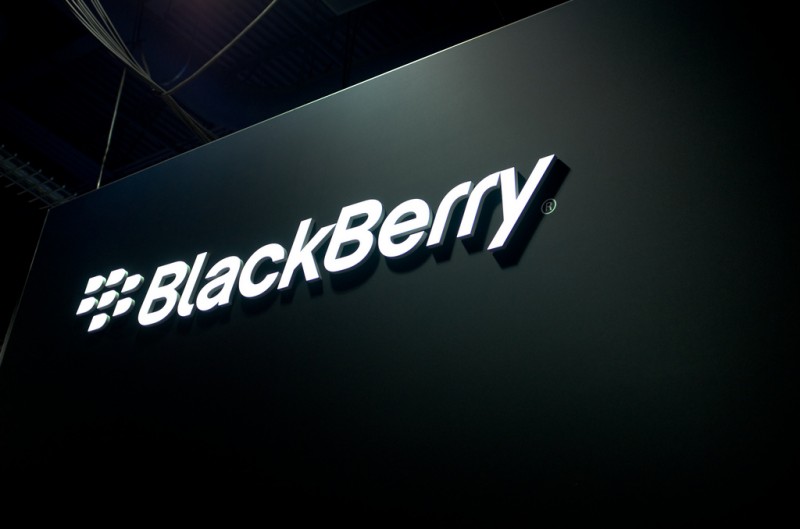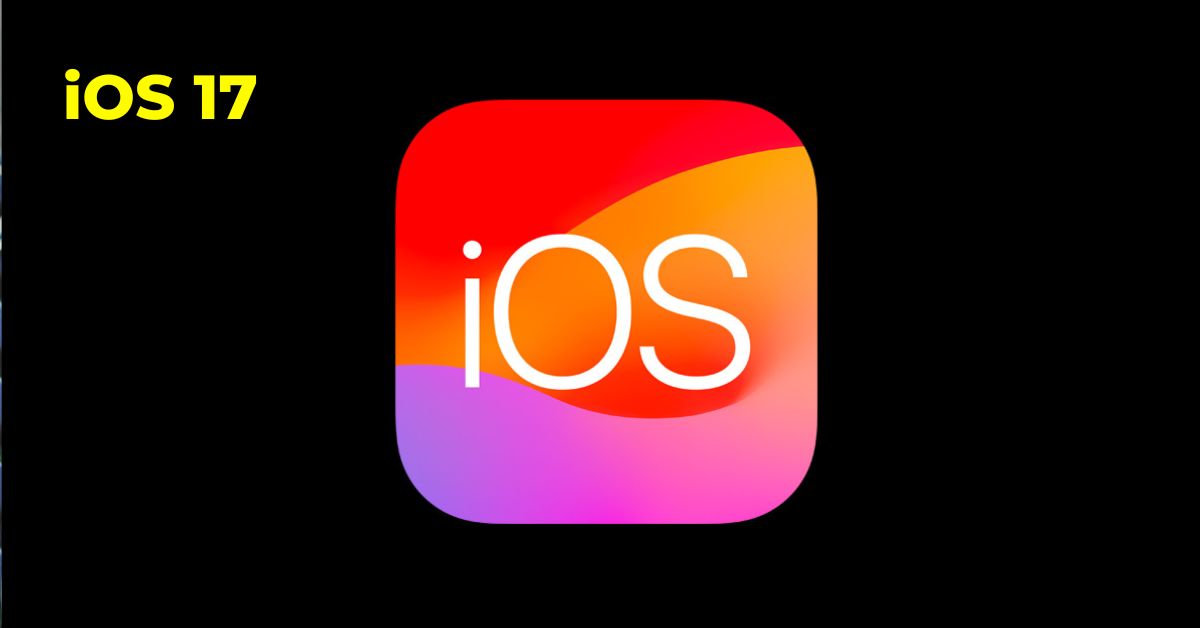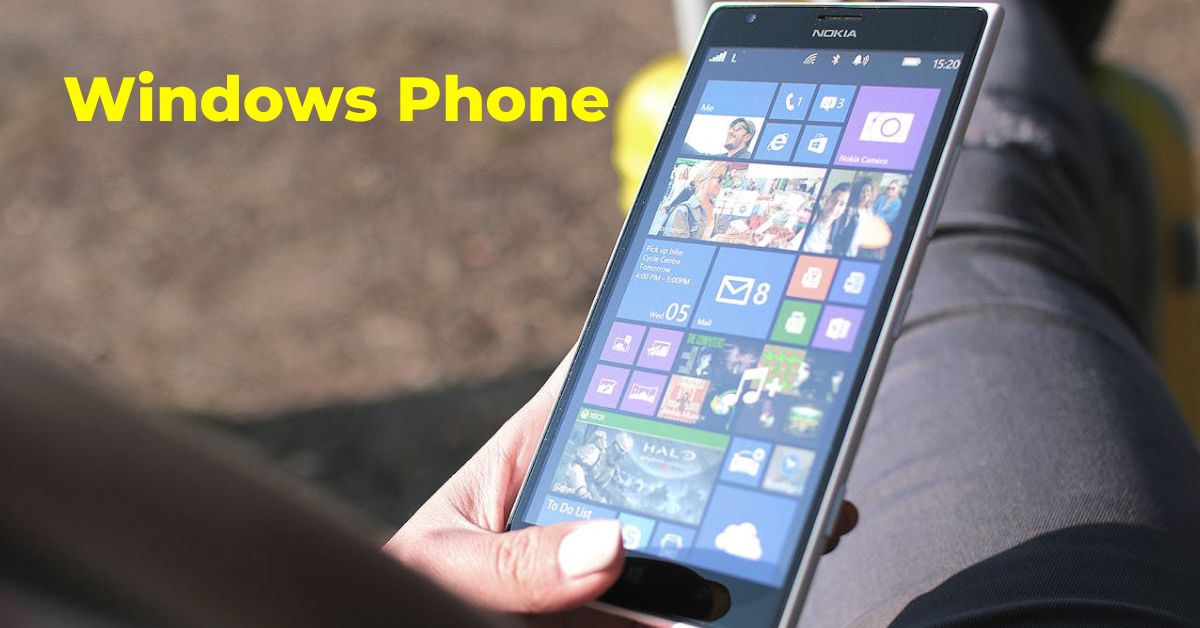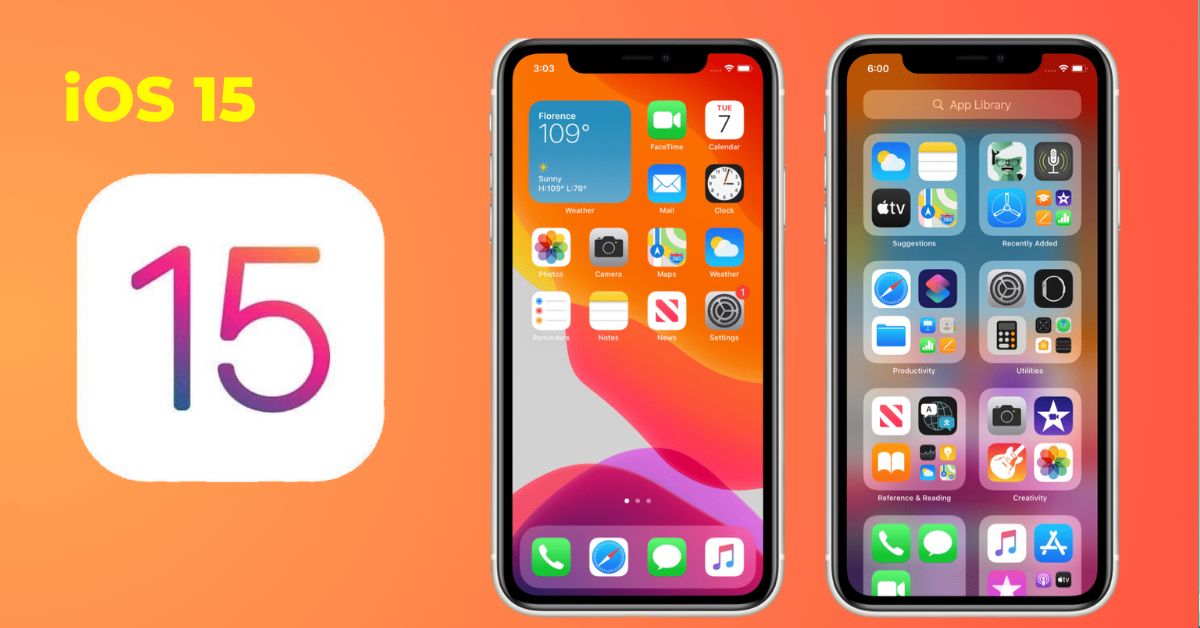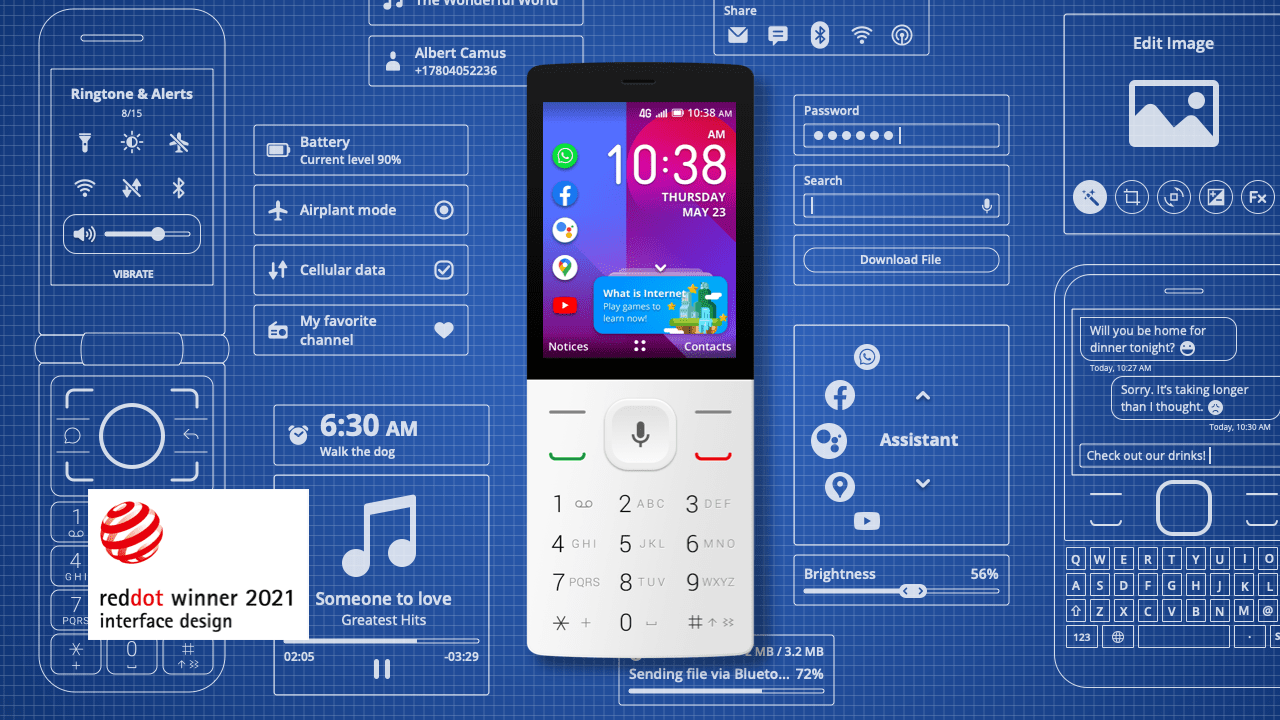Once a titan of the early smartphone era, BlackBerry held a dominant position in the market. However, the company’s fortunes significantly diminished over time. This piece explores BlackBerry’s rise and fall, its current focus on security, and the potential for a comeback fueled by nostalgia and modern adaptations.
BlackBerry OS vs Android/iOS:
| Feature | BlackBerry OS | Android/iOS |
|---|---|---|
| Physical keyboard | Yes | No (standard) |
| Security focus | High | Varies |
| Messaging apps | Proprietary (BBM) | Diverse options |
| Market share (peak) | Over 50% | Over 80% combined |
BlackBerry’s Golden Era: Innovation and Domination
BlackBerry, formerly known as Research In Motion (RIM), reigned supreme during its golden era, roughly spanning 2001 to 2007. This period was marked by several key factors that solidified BlackBerry’s position as a dominant player in the mobile communication landscape.
1. The Physical Keyboard Advantage:
- BlackBerry’s signature full QWERTY keyboard offered unparalleled typing efficiency and accuracy, particularly appealing to business professionals who needed to send and receive emails on the go.
- The tactile feedback provided by the physical keys ensured secure and error-free communication, a crucial aspect for sensitive information exchange.
2. BBM Dominance:
- BlackBerry Messenger (BBM) emerged as a pioneering and highly popular messaging platform. It offered features like real-time chat, group messaging, and push notifications, setting the standard for mobile messaging in its early days.
- BBM’s secure and encrypted communication further enhanced its appeal, attracting both personal and professional users.
3. Early App Ecosystem:
- While not as extensive as its present-day counterparts, BlackBerry’s app ecosystem saw early success with a range of third-party applications.
- These apps catered to various needs, including productivity, entertainment, and games, contributing to the overall user experience and functionality of BlackBerry devices.
By combining these elements, BlackBerry carved a unique niche in the market, becoming synonymous with productivity, security, and innovation for a dedicated user base.
BlackBerry’s Decline: From Dominance to Downturn
BlackBerry’s journey, once a story of remarkable success in the mobile communication landscape, took a sharp turn in the late 2000s. This section delves into the key factors that contributed to the company’s decline in the smartphone market.
Touchscreen Revolution
The arrival of the iPhone in 2007 marked a paradigm shift in the mobile phone industry. Its intuitive touchscreen interface, coupled with a user-friendly operating system, captivated consumers accustomed to physical keyboards. Similarly, Google’s Android platform, launched in 2008, further emphasized the touchscreen experience, offering open-source flexibility and fostering a diverse range of Android smartphones from various manufacturers.
Slow Adaptation
BlackBerry, known for its secure and reliable messaging services, initially underestimated the impact of the touchscreen revolution. The company clung to its physical keyboard design, believing it offered superior productivity for professionals. This delayed their entry into the touchscreen market, putting them at a significant disadvantage against competitors who had already established themselves in this new landscape.
Limited App Support
BlackBerry’s closed operating system, designed primarily for email and messaging, failed to attract app developers compared to the open ecosystems of iOS and Android. This resulted in a limited app selection on BlackBerry devices, making them less appealing to consumers who increasingly relied on apps for various functionalities beyond communication. As a consequence, BlackBerry struggled to attract and retain users accustomed to the wider app variety offered by their competitors.
BlackBerry’s unwavering commitment to security
This section delves into BlackBerry’s strategic shift from consumer devices to becoming a leading provider of enterprise security solutions. We’ll explore their unique approach to security in Android-powered devices and identify the industries that benefit most from their offerings.
The Pivot: Redefining the Brand Identity
BlackBerry, once synonymous with innovative and secure smartphones, faced a significant market shift. Recognizing the changing landscape, they made a strategic pivot from consumer-focused devices to enterprise security solutions. This shift leveraged their established expertise in security and encryption to cater to organizations with high data protection needs.
Android Partnership: Security Reimagined
BlackBerry partnered with TCL to produce Android-powered smartphones boasting enhanced security features. These devices integrate BlackBerry’s security software, offering features like:
- Android OS Hardening: Minimizes potential vulnerabilities by restricting unnecessary functionalities in the operating system.
- BlackBerry Secure Compound: Provides a secure environment for sensitive data and applications, ensuring additional protection.
Target Audience: Industries Prioritizing Security
BlackBerry’s secure Android devices cater specifically to industries with critical security needs, such as:
- Government: Secure communication and data protection for sensitive information.
- Healthcare: HIPAA compliance and patient data security.
- Finance: Protection of financial transactions and sensitive client information.
Can BlackBerry Stage a Comeback?
While BlackBerry’s dominance in the smartphone market has faded, the possibility of a return to relevance remains a topic of discussion. This section explores three key factors that could influence a potential comeback:
1. The Power of Nostalgia:
- Leveraging brand recognition: BlackBerry holds a strong position in the collective memory of many users, particularly those who enjoyed the physical keyboard and security features of its earlier devices.
- Capitalizing on a desire for simpler times: Some users might be drawn to a phone that prioritizes focused communication and productivity, potentially appealing to those seeking a “digital detox” from the complexities of modern smartphones.
2. Modern Security Needs:
- Focus on a core strength: BlackBerry has always been synonymous with robust security, a crucial aspect in today’s increasingly digitized world.
- Targeting security-conscious individuals and organizations: By emphasizing its strong security protocols, BlackBerry could attract users who prioritize data protection, such as professionals in sensitive fields or individuals concerned about privacy.
3. A Niche Appeal:
- Catering to specific user needs: Instead of aiming for the mass market dominated by Android and iOS, BlackBerry could carve out a niche by targeting specific user segments, such as business professionals or government agencies with rigorous security requirements.
- Collaboration with other companies: Partnering with other entities in the security or productivity sectors could further strengthen BlackBerry’s value proposition in its chosen niche.
It’s important to note that a successful comeback requires careful consideration of various factors beyond these points. Market research, innovation in design and functionality, and effective marketing strategies would all be crucial in convincing users to embrace a revitalized BlackBerry experience.
Disclaimer: This information is for general informational purposes only and does not constitute professional advice.
Conclusion
BlackBerry’s story offers valuable insights into the dynamic nature of the tech industry. Let’s revisit the key turning points:
| Phase | Key Points |
|---|---|
| Rise | Pioneered secure mobile communication with physical keyboards, ideal for professional users. |
| Fall | Failed to adapt to the touchscreen smartphone revolution, losing market share to Apple and Android. |
| Potential Resurgence | Focuses on enterprise cybersecurity solutions and leverages brand recognition with a loyal user base. |
BlackBerry’s late adoption of touchscreens, coupled with a limited app ecosystem, proved detrimental in the face of rapidly evolving consumer preferences. While the company has since shifted its focus to other areas like software and cybersecurity, their once dominant position in the smartphone market remains a cautionary tale in the fast-paced world of technology.
Frequently Asked Questions
What was unique about BlackBerry OS?
Its focus on physical keyboards, security features, and reliable messaging (BBM) set it apart.
Why did BlackBerry OS lose popularity?
The rise of touchscreens, app ecosystems of Android and iOS, and lack of innovation led to its decline.
Could BlackBerry OS make a comeback?
While unlikely, a niche market for secure, keyboard-equipped devices could exist.
What challenges would a BlackBerry OS comeback face?
Convincing users to switch from established platforms and competing with modern features would be difficult.
Does BlackBerry still make phones?
They primarily license their software and focus on cybersecurity solutions, with occasional Android-powered devices.
What is BBM?
BlackBerry Messenger, a popular and secure messaging app used on BlackBerry devices.
Was BlackBerry OS secure?
It was known for its robust security features, making it popular in business and government sectors.
What are the advantages of a physical keyboard?
Some users prefer the tactile feedback and faster typing experience of a physical keyboard.
What are the disadvantages of a physical keyboard?
It takes up screen space, can be bulkier, and limits screen size compared to all-screen designs.
Is there a market for a secure, keyboard-equipped phone today?
While a niche market might exist, it would likely be limited compared to the mainstream smartphone market.
Sources:
- https://en.wikipedia.org/wiki/BlackBerry
- https://www.investopedia.com/blackberry-shares-tumble-as-auto-strikes-affect-outlook-8419394
- https://www.silicon.co.uk/e-innovation/science/tales-tech-history-blackberry-223557


